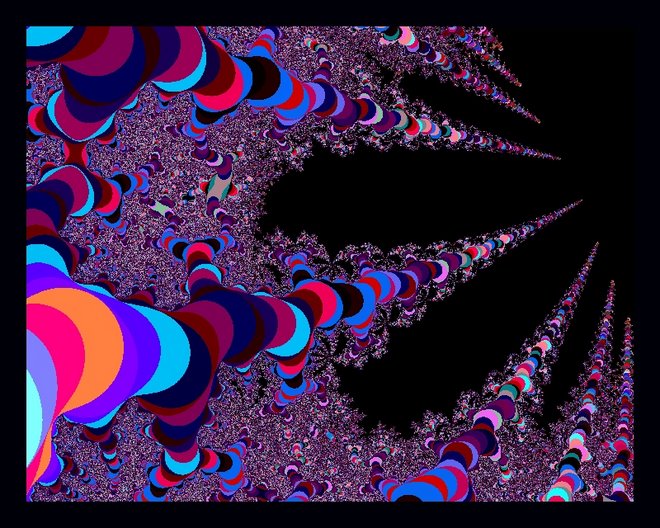Almost eight centuries ago Marco Polo wrote (or perhaps dictated in a prison cell) his accounts of his marvelous travels to all parts of the world. In many schools these accounts are essential reading, however my own schooling never came across his works. That is until now..even though I have long ceased to attend regular schools, nevertheless I thought it was time to read the potentially exotic accounts of MP.
I managed to locate a Vol 1 of the travels translated by Henry Yule and with commentaries by Henri Cordier from about 1920, at the Kindle store on Amazon. This first part of the travels deals with the long travel route from Turkey to Mongolia and finally the court of Kublai Khan in China.
Its a strange writing style, with brief chapters often no more than one or two paragraphs. However this use of few words by Marco is more than compensated by the copious notes provided by Mr Cordier. There are interesting anecdotes about many of the cities that Marco travels through and often Cordier points out that Marco never went to a city that he is talking about. As one would expect about description of long stretches of central asia with an endless list of small towns, there is a lot of dull descriptions and Marco tries hard to report at least one interesting event or monument in each place. On the whole I think he could easily have given the central Asian areas the miss as they were nothing but vast spaces of sand and rock and dilapidated towns and cities (with perhaps one or two exceptions) and concentrated on the few centers of civilization.
Two or three reports are amazing
One of them relates to the story of the three kings who are supposed to have come from the east when Jesus Christ was born. Apparantly there were tombs in the city of Saveh (In Persia near Teheran, also known as Sava or Savah and described by many as a heap of rubble) where these kings were supposed to be buried and there were local folk tales relating to the events at Christ's birth. Later the history tells us that the bodies were removed and the relics brought to Europe.
One of the local tales reveals that the three kings brought three gifts to test the personality of the newborn messiah. The idea was that they would offer frankincense, myrrh and gold to see which present would be chosen. If Jesus Christ was to be considered a king then depending on which present he chose would reveal if he was God, Physician, or an earthly King. However the test became confused when all three presents were accepted.
One of the local tales reveals that the three kings brought three gifts to test the personality of the newborn messiah. The idea was that they would offer frankincense, myrrh and gold to see which present would be chosen. If Jesus Christ was to be considered a king then depending on which present he chose would reveal if he was God, Physician, or an earthly King. However the test became confused when all three presents were accepted.
In return the kings were given a wooden box, which the kings did not see the contents of until they had returned home. It supposedly contained a stone, and believing it to be of no value they threw it away into a well. They say that a lightening or a ball of fire descended from the sky and set this stone alight, and the kings realised their mistake and recovered a part of this stone, which remained burning for centuries in a church with a sect of devotees who always prayed to this fire. Perhaps Marco got confused with the other fire worshipping communities of Zoroastrians and Magians, that may have existed in his time.
Another story relates to the palace of Kublai Khan, who apparently had people who would be entrusted to find six hundred of the prettiest girls every year, and the Khan would sleep with six of them at a time, changing to a new set of six every three days!! Nice one Kublai Khan.
And then there was the masterstroke of paper money that the same Kublai Khan invented. Made from the bark of a tree, totally black with a royal stamp, this money was used more or less like money today with (as I understand) one crucial difference, that the only way to get this money was by exchanging your valuables like gems and gold for this money at the royal mint!! MP says that with this little provisor virtually all the gold and gems in the country ended up in the royal treasury!!
No wonder he could afford all those ladies ;-)
And then there was the masterstroke of paper money that the same Kublai Khan invented. Made from the bark of a tree, totally black with a royal stamp, this money was used more or less like money today with (as I understand) one crucial difference, that the only way to get this money was by exchanging your valuables like gems and gold for this money at the royal mint!! MP says that with this little provisor virtually all the gold and gems in the country ended up in the royal treasury!!
No wonder he could afford all those ladies ;-)

No comments:
Post a Comment